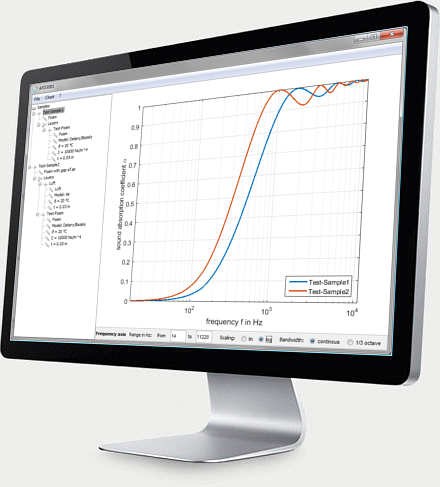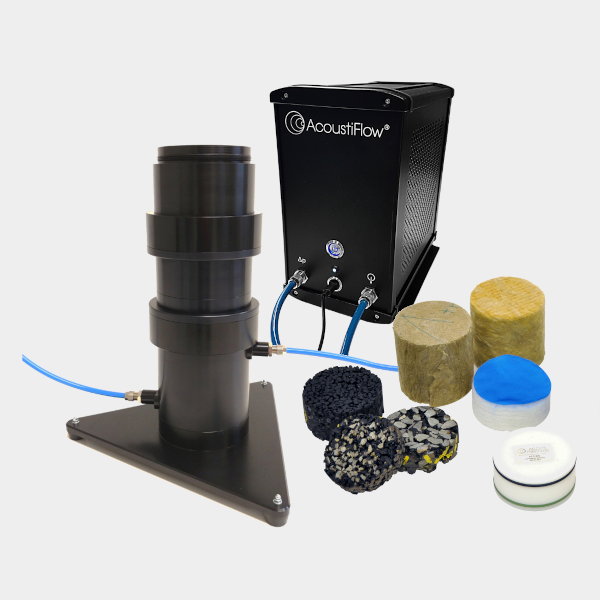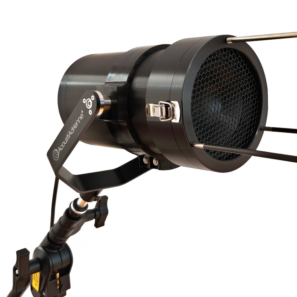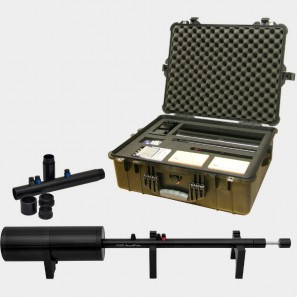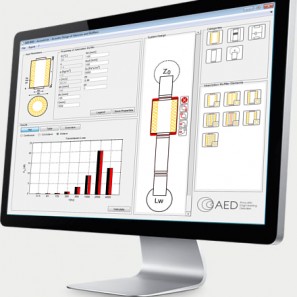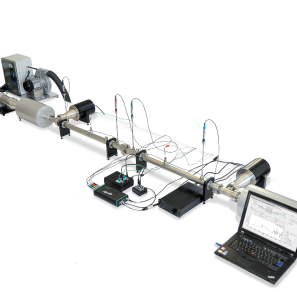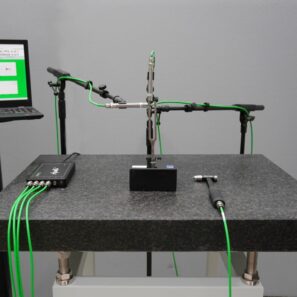Fields of application of sound absorber software
Acoustic consultancy and design
The sound absorber software is interesting for you if you are a consulting engineer who applies and acoustically designs sound absorbers to improve the properties of buildings and vehicles with respect to room acoustics, to optimize the acoustic effectiveness of noise barriers and road surfaces or to achieve a legally required or appropriate noise reduction of sound emitting devices and machines. Typically, sound absorbers are applied in areas such as:
- wall absorbers, ceiling absorbers, movable partitions for offices, workplaces, factory buildings, in concert and multipurpose halls as well as cabins of automobiles, trains and airplanes for optimizing the reverberation time, sound propagation and the speech intelligibility
- enclosures and thermal isolations for casings and housings of machines, devices and single components
- silencers and mufflers of machines, devices, vehicles, ventilation systems and air conditioning systems
- sound absorbing noise barriers and noise screens near roads and railroads
- sound absorbing road surfaces
Fabrication of sound absorbers
The sound absorber software is also very helpful to you if you are a manufacturer who develops, fabricates and distributes collections of sound absorbers that are to be efficiently applicable to a wide operational range.
The sound absorber software gives you the following advantages:
- It enables you to create an own product database containing the acoustic behavior of every single component. So you can always easily choose the right component to meet the specific requirements. On demand, we adjust our data structure to your products as well.
- The accuracy of predicting the acoustic efficiency of your specific components of sound absorbers can be optimized by acoustic measurements at fabricated components. The measurement results serve the evaluation of the required complexity of the absorber models to be applied to model your specific materials.
Calculation models and input parameters
Numerous computational models to map the acoustic effectiveness of open-porous absorbers are available for your design, for example:
- empirical model of DELANY and BAZELY
- model of homogeneous medium
- phenomenological model
- model for open-porous curtains
- air gap
For that matter, measurable characteristic values of materials are applied as input parameters (see overview measuring systems vs. analysis software), especially:
- length-related and specific airflow resistance, respectively (e. g. measurement by means of airflow resistivity meter AcoustiFlow®)
- porosity
- structure factor and tortuosity, respectively
Alternatively, complex characteristic absorber values that were directly measured in the transmission tube AcoustiTube® can be imported to also consider geometrically complex open-cell material layers at the best possible way.
Calculation results
By selecting geometrical and material parameters, you can optimize all multi-layer systems with respect to the sound absorbing requirements. By flexible combination of single layers, also geometrically complex sound absorbers can be assembled.
The calculation of the sound absorption coefficient can be carried out for different sound fields:
- The simulation results for statistical (diffuse) sound incidence can be directly compared to the sound absorption coefficient measured in the reverberation chamber and/or the Alpha cabin. The serve the direct determination of the rated sound absorption coefficient and the absorber class.
- The simulation results for perpendicular sound incidence can be directly compared to the sound absorption coefficient measured in the impedance tube AcoustiTube®.
Advantages of sound absorber software
An essential advantage of the sound absorber software in contrast to measurements in the reverberation chamber/Alpha cabin is that different products can be directly compared to each other with respect to their sound absorbing properties for one defined thickness, also if the product-specific thickness varies.
All layer-specific input parameters need to be determined only once.
